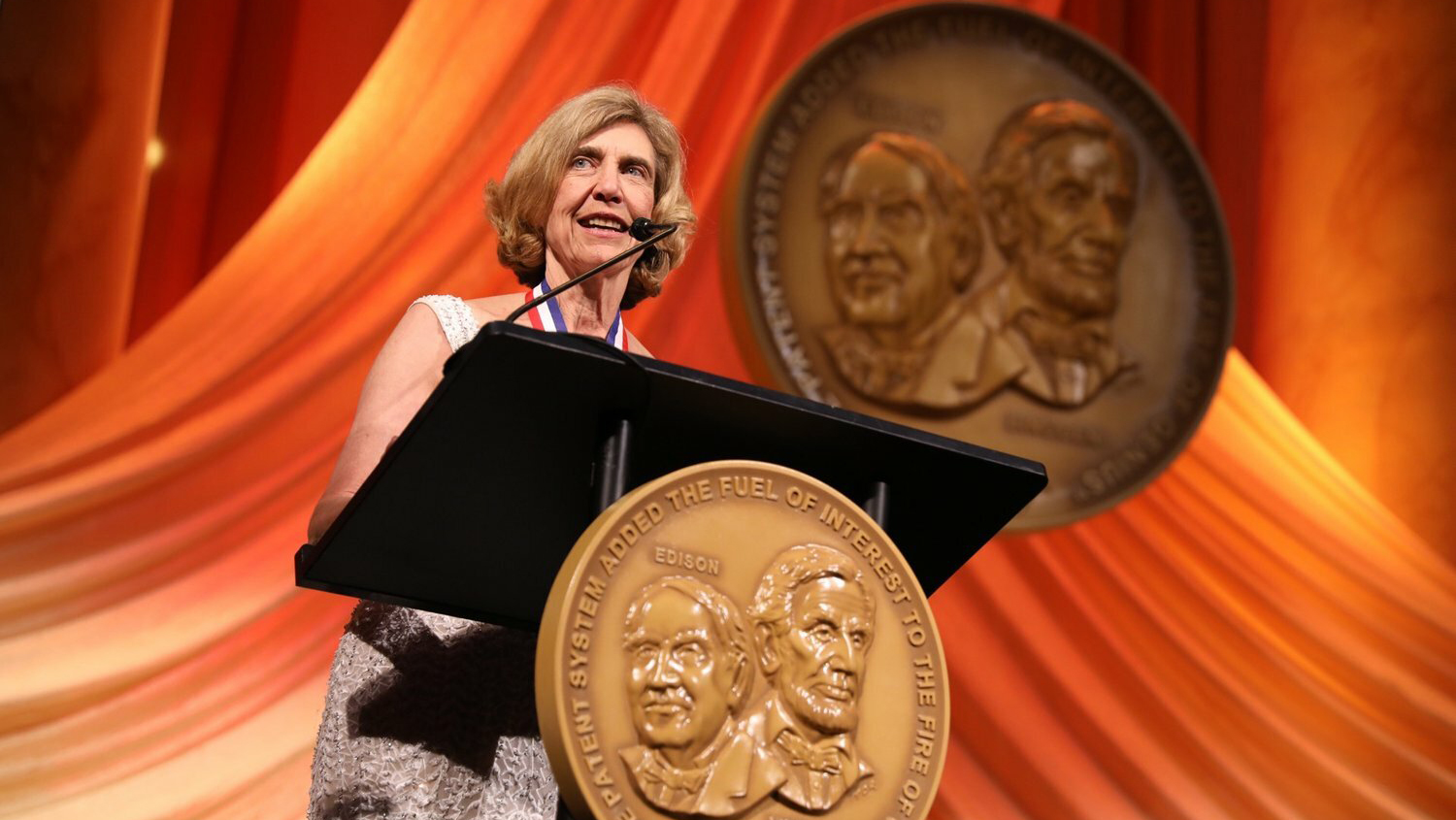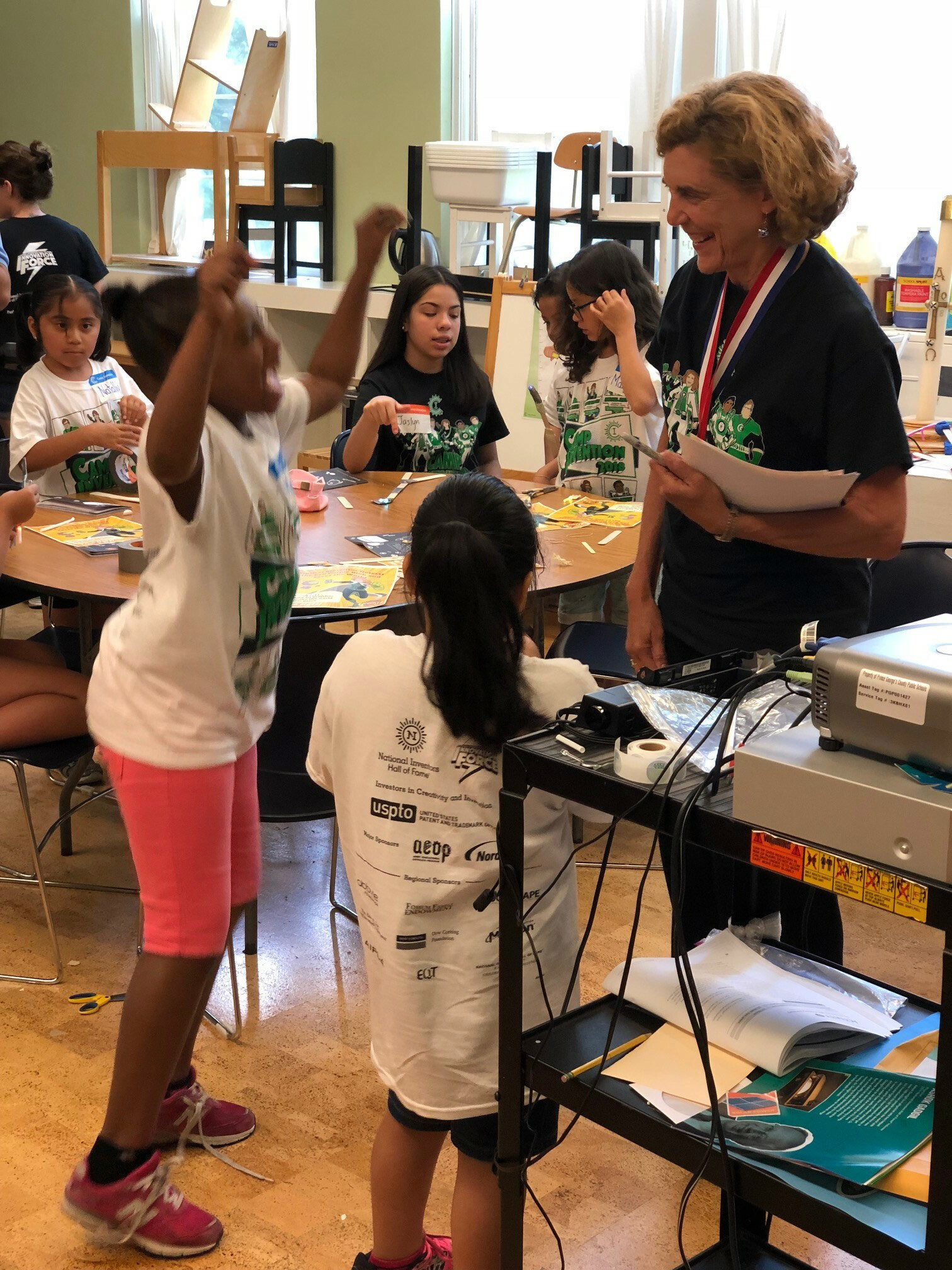“I initially viewed myself as a scientist,” reflects Dr. Frances Ligler.
A professor and Eppright Chair in the Department of Biomedical Engineering at Texas A&M University, Ligler is a trailblazing researcher in biosensors, regenerative medicine and pharmacoengineering. After receiving her Ph.D. in biochemistry, she spent nine years studying immunology before working at the U.S. Naval Research Laboratory. While there, she hired postdoctoral researchers to teach her engineering.
“I didn’t take any formal courses, but I wanted to make tools I could put in the hands of people who needed them, so I learned what was needed to get the job done,” Ligler said. “It wasn’t until I was elected to the National Academy of Engineering in 2005 that I finally had the realization: ‘I am an Engineer!’”
With 11 commercial products to her name, including portable optical biosensors, it’s curious that Ligler did not consider herself an engineer. However, she notes that her primary focus is the impact of her research as opposed to the discipline. This way of thinking allows for interdisciplinary research to occur more naturally.
In 2017, Ligler was inducted into the National Inventors Hall of Fame for her invention of portable optical biosensors and their impact on society. Ligler’s biosensors have a wide range of applications, from diagnostics for human and animal health to military operations to environmental and food safety.

However, one use in particular stands out fondly in Ligler’s memories.
Every year, Ligler participates in several summer camps for elementary school children, hosted by the National Inventors Hall of Fame. One year, 300,000 kits were made to allow participants to build their own “Optibot,” a robot inspired by Ligler’s biosensors.
“There were hundreds of thousands of kids playing with the Optibot. It was really special for me to see my research having this unique impact,” said Ligler. “I learned a lot from those kids.”
In addition to the Optibots, the use of her biosensor technology for human diagnostics in Kenya is another memorable project. Ligler worked with LightDeck Diagnostics, known as MBio Diagnostics at the time, to take her array biosensor — which can detect multiple targets simultaneously — and use it for human diagnostics. However, the expense of the equipment needed, including cameras and pumps, made it difficult for everyday use.
Eventually, LightDeck was able to create a cheaper alternative using a camera similar to those in phones that was as accurate as the more expensive alternatives. These sensors were then used to diagnose coinfections of AIDS, syphilis and hepatitis in 2,700 new mothers in Kenya. Years later, the sensors were further upgraded to detect COVID-19. Ligler notes that by improving her design, many people are alive today who may not have survived.

“I love it when people take my work to the next level and do things better than I did,” said Ligler.
This way of thinking allows Ligler to serve as a great mentor.
“I am prouder of my postdocs than I am of my products,” said Ligler.
Having mentored over 60 postdoctoral research fellows, the impacts of Ligler’s teachings have created a ripple effect, allowing each of her mentees to share what they have learned from Ligler with the scientific community and beyond.
“Collaborating on cutting-edge translational projects that involve physicians, veterinarians, engineers, and scientists has been possible due to Dr. Ligler’s support. She has been a wonderful mentor to me, and I am really grateful for the opportunity she’s provided me to come back to Texas A&M,” said Dr. Elaheh Rahbar, an associate professor with appointments in the Department of Biomedical Engineering and Department of Veterinary Physiology and Pharmacology.
Ligler and Rahbar have been able to collaborate thanks to the Chancellor’s Research Initiative (CRI) and the Governor’s University Research Initiative (GURI), which brought Ligler to Texas A&M in 2022.
Established in 2012 by Texas A&M University System Chancellor John Sharp ’72, CRI pursues highly skilled researchers dedicated to advancing academic missions through research. GURI was established in 2015 to help Texas public universities recruit globally distinguished researchers. The CRI and GURI programs allow highly skilled researchers, such as Ligler, to further elevate Texas A&M and create a positive reputation for the university nationwide.
Ligler, along with fellow researchers, are using these funds to address needs related to biomedical engineering for animals.

“There is an unmet need for taking the biomedical engineering we work so hard on and using it for animals,” Ligler said.
With CRI and GURI funding, Ligler has brought on senior faculty members to aid in this research. Rahbar and Dr. Kenneth Hoyt, a professor of biomedical engineering and small animal clinical services, collaborate with Ligler to put the funding to good use at the Texas A&M Institute for Preclinical Studies.
Hoyt and his team focus on developing low-cost, high-sensitivity ultrasound imaging technologies to address complex healthcare challenges in both animal and human patients. Rahbar and her team focus on translational traumatic injury research through several methods, including cell models, biomarker identification, and computational models for trauma.
In addition to the CRI and GURI programs, Ligler points out that what makes Texas A&M so special are the people of Aggieland.
“The community has been very welcoming to me on both a personal and professional level,” said Ligler. “Aggieland is truly a special place, and I’m excited I get to contribute to the research here.”